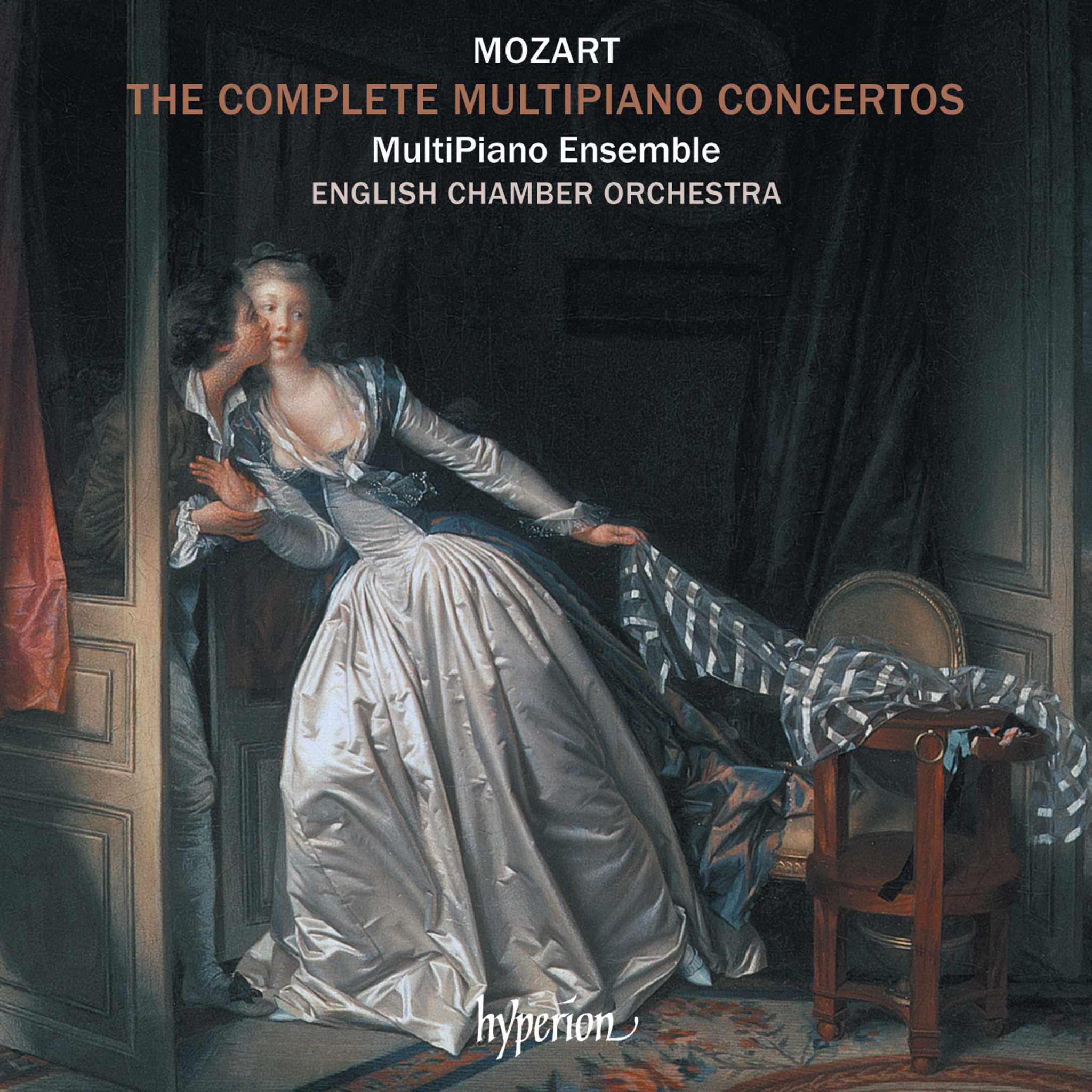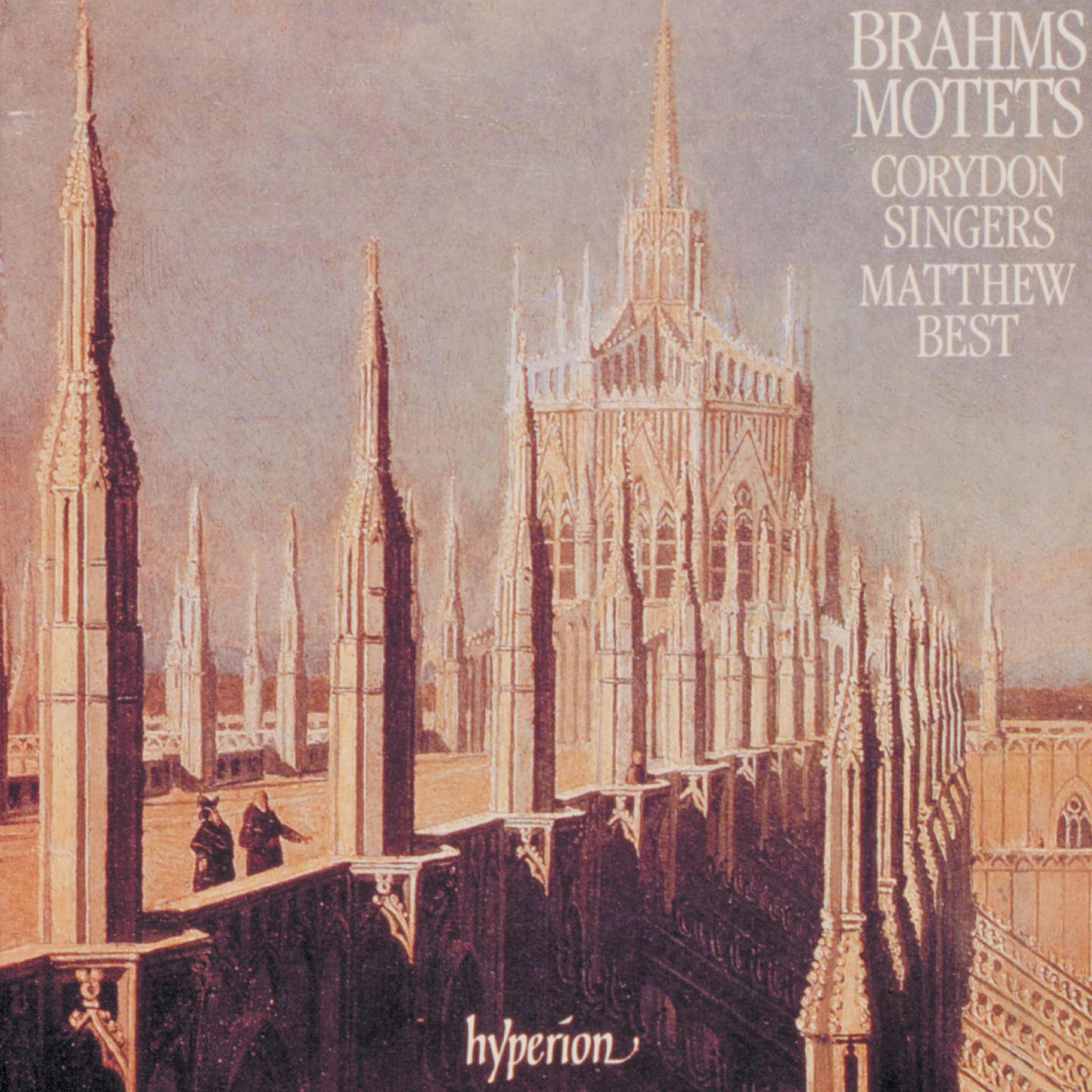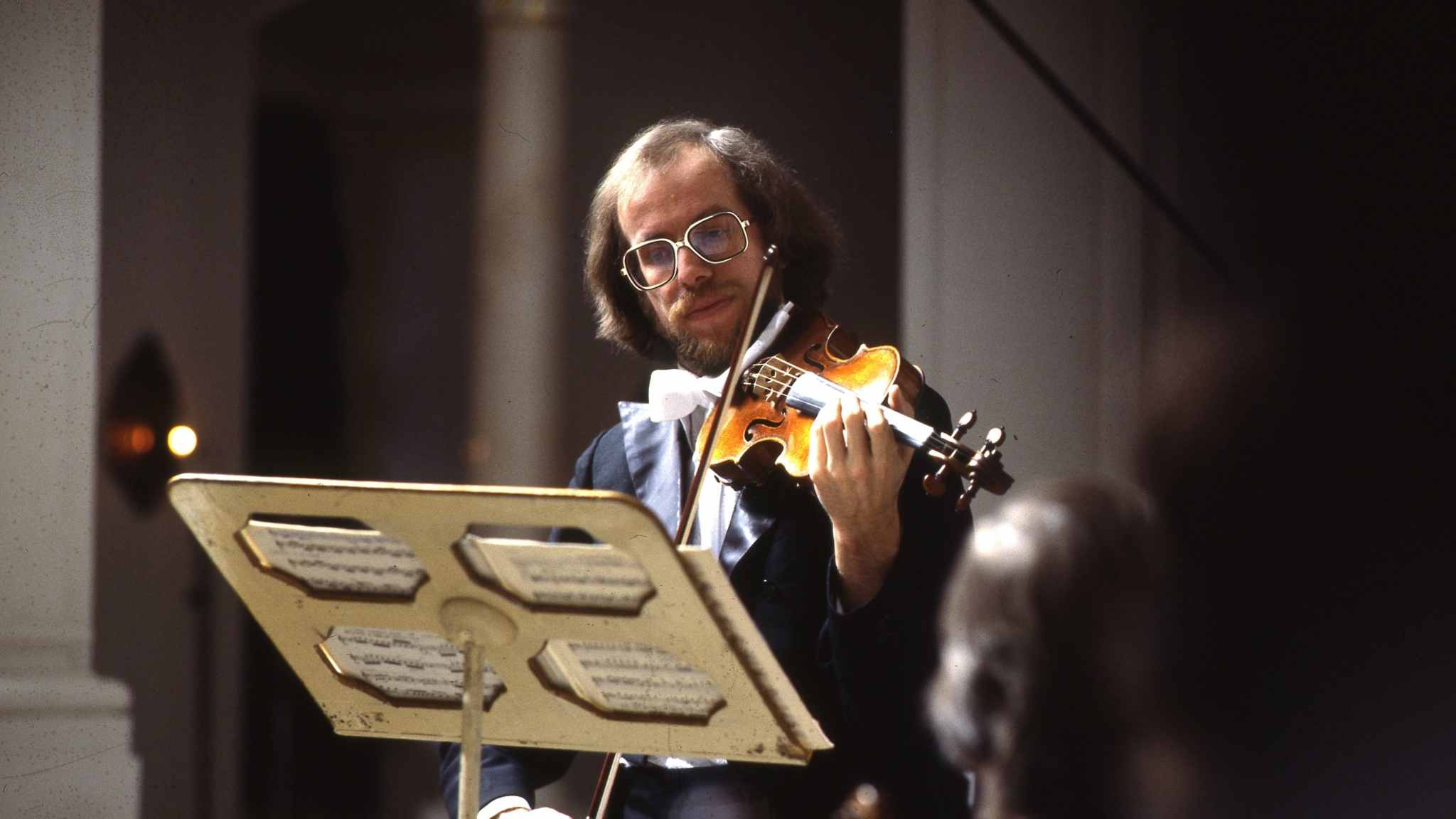Album insights
Throughout his career, Bach has been seen as a predominantly practical composer, creating music out of necessity, particularly evident in his cantatas. Composed for the main Sunday service at the Lutheran Church, these cantatas were tailored to the available combinations of voices and instruments. About two-fifths of Bach's sacred cantatas are lost, leaving around 200 preserved, mostly formed in four cycles. While his early works originated during his time in Mühlhausen, it was in Weimar that Bach focused on composing organ music. Transitioning to Leipzig in 1723 reignited his passion for crafting church cantatas, following a brief interlude in Köthen where secular cantatas took precedence.
Undertaking the role of Cantor at the Thomaskirche involved the daunting task of presenting a cantata for every Sunday and major holiday. Serving as an integral part of Lutheran liturgy, the cantata was performed after the Bible reading and before the creed, providing a brief musical respite during the lengthy worship services. Despite Bach's sheer output—one year yielding around forty new cantatas—by the end of the fourth cycle, his continuous production dwindled. The post-1729 cantatas revealed minimal innovation, while the third cycle introduced novel features such as incorporating material from earlier performances and introducing obligatory organ parts.
Among Bach's roughly two hundred sacred cantatas, only a dozen call for a single soloist, predominantly from the third cycle. Six of these solo cantatas omit the choir entirely, challenging convention. Ranging from solo alto, soprano, tenor to bass compositions, these works offered a diverse showcase of Bach's creative versatility. Notably, one early cantata credited to Bach—listed as BWV53, 160, and 189—is debated as the work of Telemann and Hoffman today.
Bach's "Widerstehe doch der Sünde" is a pivotal piece believed to have been composed around 1714, reflecting his burgeoning engagement with the Italian style and influence of recitative and modern aria structure. Notably, this work set the stage for his subsequent sacred cantatas, mirroring his evolving stylistic choices. Another significant composition, "Gott soll allein mein Herze haben," debuted in 1726, featuring a notable Sinfonia and Siziliano segment adapted from an earlier lost concerto. Repurposing existing works like the E-flat major harpsichord concerto (BWV1035) showcased Bach's creative resourcefulness and artistic adaptability within the realm of church music.
In summary, Bach's cantatas serve as a testament to his compositional depth and unwavering dedication to musical innovation.










